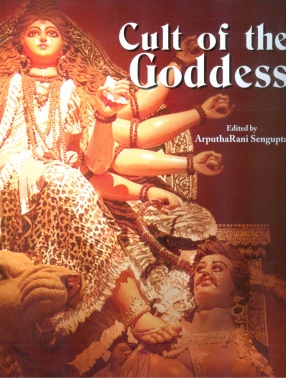
Showing all 6 books

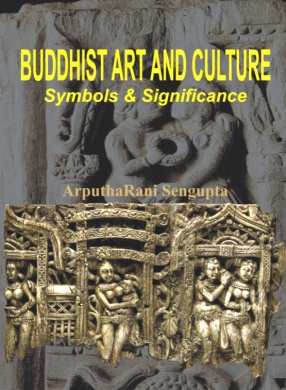
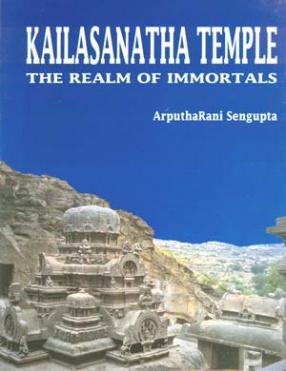
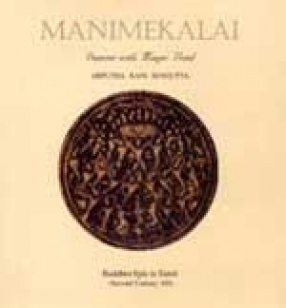

This volume is comprised of forty-one well researched and illustrated papers on Cult of the Goddess. It tries to trace the origin and trajectory of the divine feminine force in art and culture for over a period of five millennia, which is a great achievement in itself. While exploring the living tradition of the Great Goddess, the book offers unique insight to the psyche of India and the Greater India.
In the multifaceted goddess cult, the goddess takes diverse ...

Roman Diaspora in the making of India thrived on a syncrtic goddess ushered by the Greco-Buddhist reliquary cult. Lustrated by royal elephant identified with Africa, goddess Gajalakshmi on lotus of rebirth coexists with Isis-Venus and Nemesis symbolized by the Wheel of Low (Retribution), winged griffin and other rebus memory devices .Metaphors originally distilled faith in afterlife but these necromantic signs are now translated as Buddha’s external ...

This new cultural study looks at the intersection of Hellenistic and Egyptian-Lycian art forms in the religion sphere of dynastic India that was ushered by Buddhist Cult during the early Christian era. While specifying uniqueness of Indian culture it looks for external parallels and attempts to define the archaeological and cultural affiliation observed in terms of history of art forms in their cultural context. A discussion of artistic change, cultural identity, ...
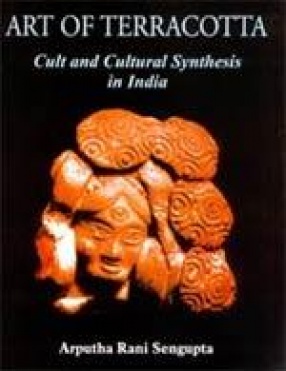
The book traces the art of terracotta that flourished with remarkable richness from early historic thought the succeeding periods in India. The main focus is on votive terracotta, which includes portable icons and sculptured veneer on architectural monuments of Bengal in the late medieval period. The terracotta relief as adornment to sacred architecture is cosmic and its form and content is similar to the narrative scrolls and the figured weave of Baluchari silk ...
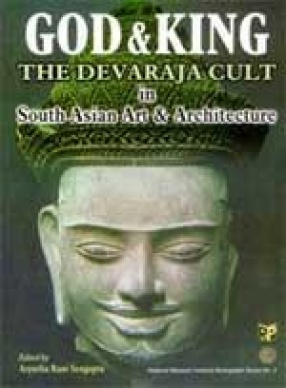
George Cedes and K. Ananda Coomaraswamy made astute observations on the cult of defied royalty in South Asia for the first time. The cult of devaraja or God King was the Cambodian state religion, while it may have originated in Java under the great Shrivijaya Empire at a time when it exercised some control over Cambodia and Siam. Of the thirteen temples attributed to the Khmer Kings in Cambodia six were certainly dedicated, between the ninth and eleventh ...

The goal of the conference “Innovations and Reproductions in Cultures and Societies†is not limited ‘only’ to drawing attention to the importance of culture but its examination in contemporary processes in order to create new premises for investigating the past. The expanded goal of the conference is to develop the foundation that will make it possible to participate in the shaping of the present and future. The question for us today is how we can create ...
